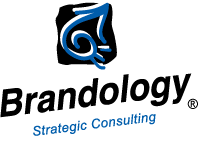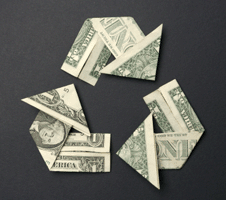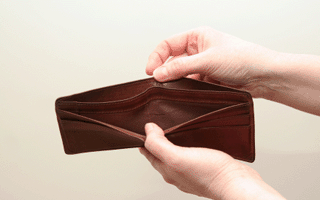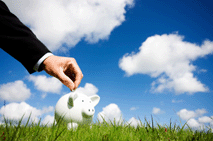It takes two “ecos” to get on a consumer’s shopping list these days: economical and ecological. Products and services that simultaneously appeal to people’s desperation to save money and their desire to be green are golden. Those that are green and expensive are struggling.
Consumers are showing more interest than ever in energy saving devices (Fiat introduced a software widget that monitors driving behavior and suggests ways to improve gas mileage), bulk foods (oatmeal costs 1/8th as much when bought without a package), and farmers’ markets (in-season local produce is often cheaper than grocery store options.) At the same time, consumers are shunning green luxury goods (think designer eco fashions.) Even green goods with a moderate price premium (think organic foods) are feeling the pinch.











